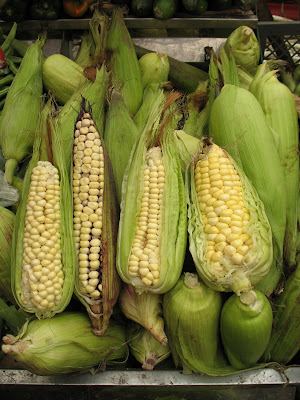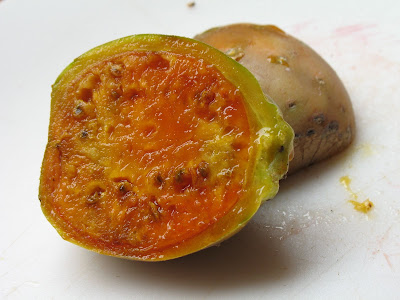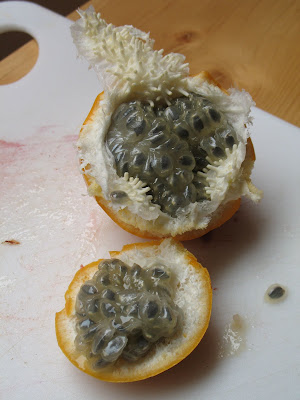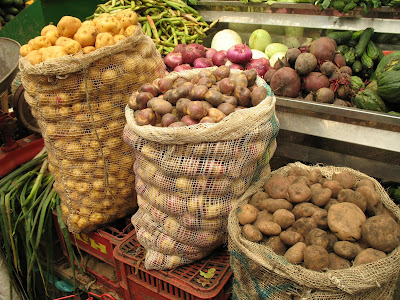wetness
candlelight
warmth
puppies
tears
salt
laughter
connections
lonliness
sweetness
singing
sleep
sorrow
muddy legs
fire
relaxation
intention
silence
love
Flickr Slideshow

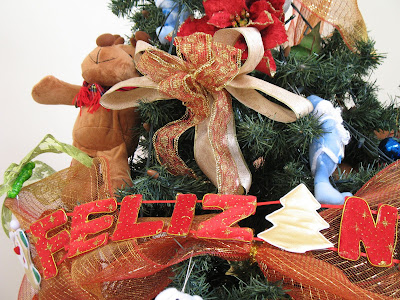

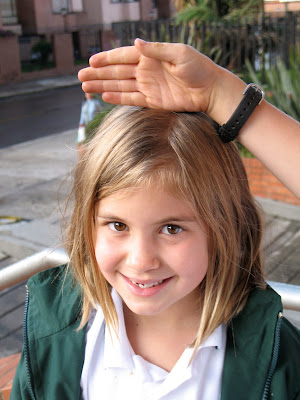

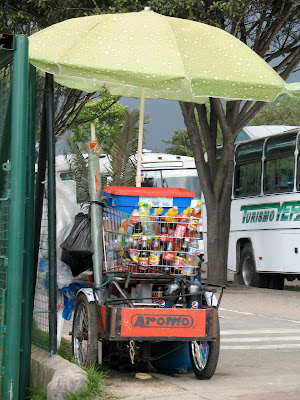










Issue: Rep. Jim McGovern (MA) along with Rep. Jan Schakowsky (IL), Rep. Donald Payne (NJ), and Rep. Mike Honda (CA) is circulating a 'dear colleague' letter in the House of Representatives addressed to Secretary of State Clinton calling for a change in U.S. policy towards Colombia. The letter calls for a decrease in military spending and increased U.S. support for human rights and humanitarian efforts.Background: Parts of Colombia have recently experienced an upsurge in violence. MCC partners are reporting that church and community leaders have come under increasing attack. The letter makes a strong case for why there is no time to waste in changing U.S. policies towards Colombia. It paints a vivid picture of the Colombian government's failure to protect human rights, raising issues like the killing of civilians by the army, the persecution of human rights defenders, and the humanitarian crisis of over four million people who have been forcibly displaced from their homes. Echoing what we have been saying for a long time, it demands a cut in military aid and an increase in support for victims and those who are working for peace and justice in Colombia. It also calls for an end to harmful and ineffective aerial fumigations of coca plants, suggesting that we invest instead in creating more drug treatment centers in the United States to do our part by decreasing the demand for illicit substances. Faith Reflection: Peace is possible in Colombia; this is not an impossible dream. Communities and churches are coming together and taking bold steps for peace and reconciliation. In the most recent release of A Prophetic Call, Report 4, a community member states, "we are writing a new history, not one of kidnapping, slavery, misery and death, but of reconciliation, forgiveness and peace." Like the biblical prophets who looked ahead to a day when weapons of war will be transformed to tools for peace, the Colombian people are sowing seeds of peace and hope. U.S. foreign policy must change and support these efforts. Action: Call your member of Congress and urge them to sign the 'dear colleague' letter to Secretary Clinton. Call the Capitol Switchboard at 202-224-3121 and ask to be put through to your member of Congress. Ask the receptionist if you can speak with the Foreign Policy aide. If he/she is not available, ask to leave a message. Below, we've provided a script that you can use in your phone call, but feel free to add any personal stories or thoughts that you'd like to share. Call script: Making a phone call to Congress is more effective, but you can also send an email to your representative. Alert prepared by Theo Sitther, MCC Legislative Associate for International Affairs. |

















